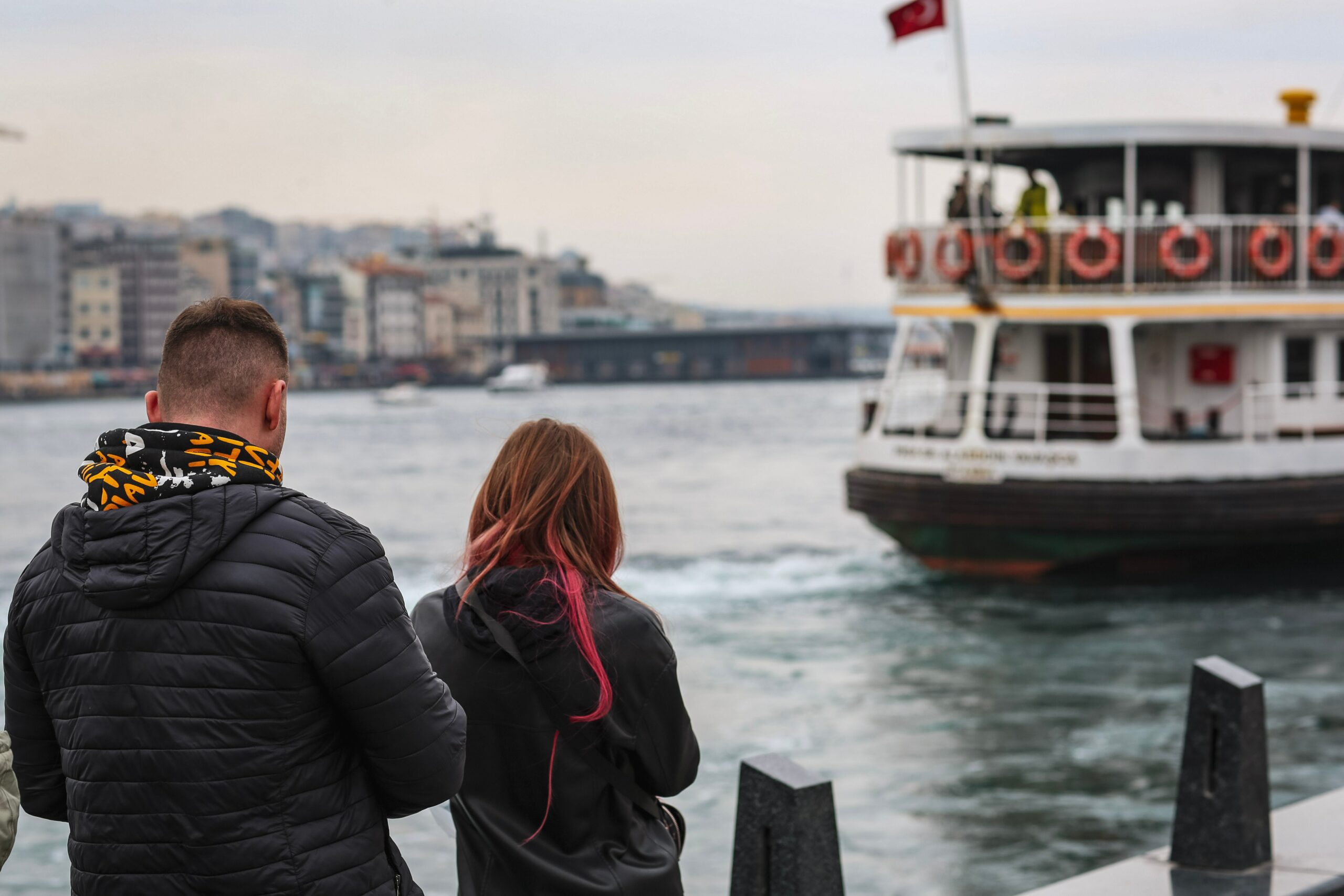
QR Codes make marketing and transactions and processes incredibly easier, faster and more engaging for businesses, including the transportation sector. Fortunately, ferries and passenger ships also have lots of different opportunities to maximize this simple yet versatile technology to improve passenger experience during the trip. Here’s how you can leverage QR Codes for ferries and passenger ships and incorporate this modern technology into this traditional way of transporting people.
How to Use QR Codes for Ferries and Passenger Ships
Purchase tickets.
Today, many people opt to go cashless and cardless when paying for their purchases. Payments in ferries and passenger ships are no exception. It’s not surprising at all; using QR Codes as a mode of payment is convenient, safe and takes just a few clicks. You only need a phone, Internet, and enough deposit on your digital wallet to be able to pay the tickets. No need to count bills and change or hand over your credit card to the ticket seller.
Check-in passengers.
Preparing and checking the accuracy of the manifest can be a tedious process. But using QR Codes can make this quicker and easier. Upon entering the ship, passengers present the QR Code that contains their control number, which corresponds to the information at the ticketing office. In just a second (or a few seconds, at most), the crew scans the QR Code and registers the control number onto the mobile application.
Connect to the ship’s WiFi.
Yes, ships have WiFi! Your always online passengers don’t have to worry about being disconnected while onboard your ship. For an additional fee, they can connect to the ship’s WiFi to keep them connected during the trip. We’ve written an excellent article on how you can create a QR Code that automatically connects users to the WiFi in just a scan here.
Download the evacuation route.
When considering the safety of your passengers and crew, an evacuation plan is crucial. But printing out individual plans and maps to be distributed to passengers can be costly and wasteful. Instead of printing, you can simply upload the ship’s floor plan onto the cloud or straight to a QR Code. Once scanned, the passenger will have the option to download the map. This can prevent unnecessary paper waste once passengers safely dock and leave the shipyard.
(They can also consult the map to find the nearest restroom in case they get, err, seasick.)
Watch a safety video.
If you have ridden an airplane even once, you know that the flight attendants perform a demonstration on how to keep yourself safe during the flight and find safety equipment in case of emergencies. Although the ship’s crew can provide the same, an alternative method is to create a demonstration video that passengers can watch before or once they board the ship.
Some people (like me) tend to learn better when being shown what to do instead of when reading instructions. A video, whether uploaded on cloud or on YouTube, saves your crew’s time, since your passengers can watch it at their own convenience.
A fun idea is to create an entertaining and well-written video featuring a mascot or actors to demonstrate the safety tutorial. This kind of video can also be a form of entertainment and education for kid passengers.
Entertain younger passengers with history and more
If you’re interested in providing a form of entertainment for your passengers, you can also create a video that shares the history of your ship and the importance of what you do. This will be a great introduction to the maritime industry, especially for young people.
Alternatively, you can add multiple QR Codes on parts of the ship that contain text descriptions and what they are for. Smartphones can read text QR Codes without Internet connection. So, this is best when there’s no available WiFi on the ship. This can be an excellent and free way to educate your passengers about parts of the ship, especially the kids, to pass time while onboard.
Give customer feedback.
Soliciting feedback from your passengers is likewise made more convenient with this simple yet versatile technology. Once scanned, your passengers can open the link that leads to an online customer feedback form. Aside from saving your ship some money from printing feedback forms, what’s more awesome is that your passengers can answer the forms at their own convenience.
Conclusion
There are many ways how ferries and passenger ships can integrate QR Codes in improving passenger experience. They can also be used for operational efficiency while traveling at sea. Passengers can use them to pay for tickets. The crew can use them to manage and counter check the manifest. QR Codes can also be used to connect to WiFi (if available), seamlessly distribute the evacuation plan, encourage passengers to watch videos for safety and entertainment, and solicit feedback once the passengers have arrived at their destination.
-
Previous Post
QR Codes for Post Offices: Upgrading Mail Services
